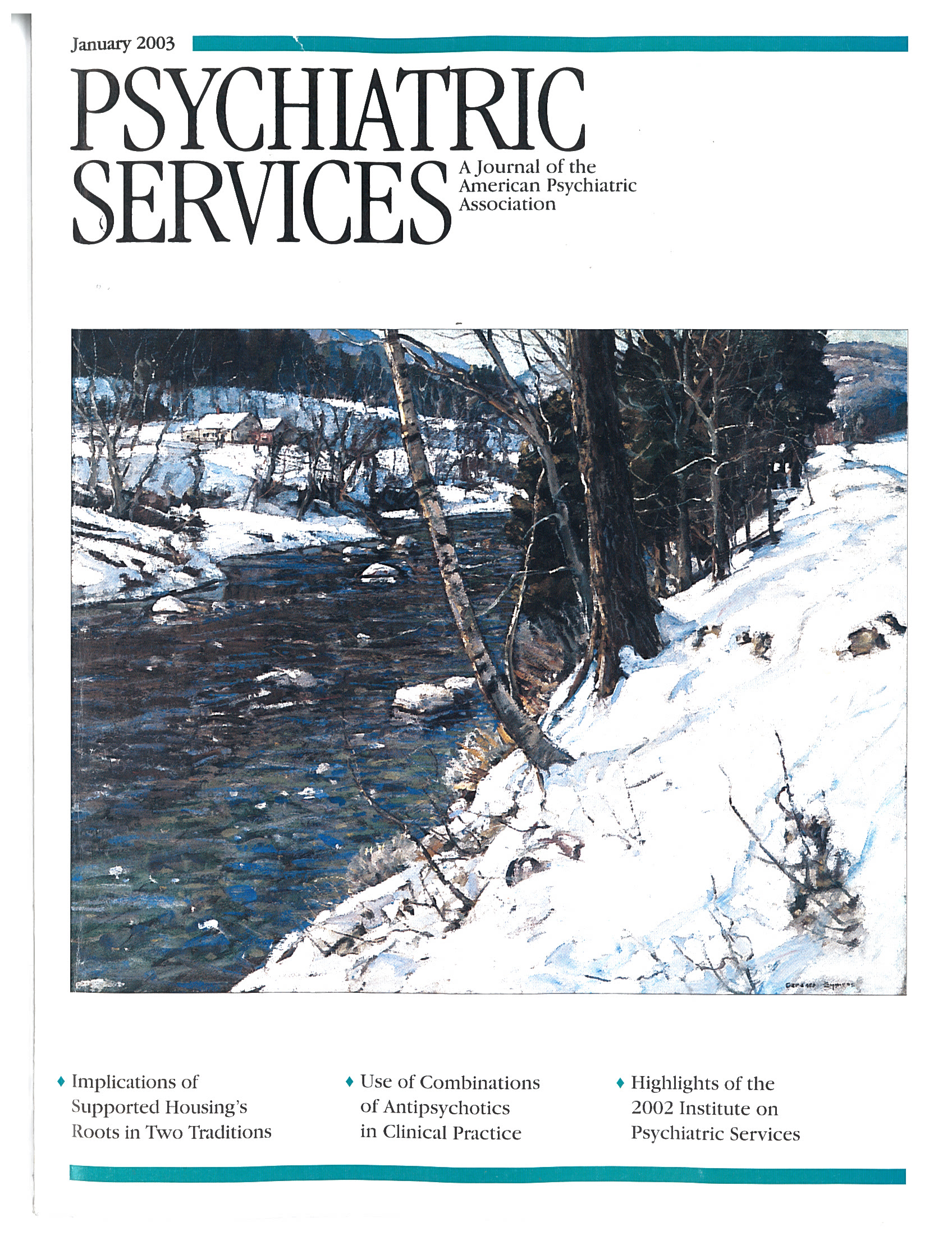Ostracism: The Power of Silence
Ostracism: The Power of Silence is another well-written addition to Dr. Peter Salovey's series on emotions and social behavior. Kipling D. Williams, using a thorough literature review as well as his own extensive research, provides a compelling argument that ostracism is "one of the most ubiquitous and powerful means of social control." Williams, a well-respected expert on the psychology of ostracism, uses a concise and engaging style to provide a thorough evaluation of this unique area.
Williams explores the psychology behind the behavior of both the target and the source of ostracism, first with narrative accounts and then through a myriad of research studies. The first two chapters describe the impact of ostracism within relationships, including the short-term and long-term consequences of its habitual use. Many targets spontaneously comment that other forms of punishment, including physical abuse, would be preferable to being ignored. One target's story is summarized as follows: "I wish he would've beaten me instead of giving me the silent treatment, because at least it would have been a response. This has ruined my life…. It's the meanest thing that you can do to someone, especially since it doesn't allow you to fight back."
In a subsequent chapter, Williams proposes a model of ostracism and suggests avenues for further research. Episodes are classified along four taxonomic dimensions: visibility, motive, quantity, and causal clarity. Antecedents explaining why people choose to ostracize and mediators of the behavior are delineated. An exploration of threatened needs as well as reactions to the behavior provide a blueprint for investigating the causes and consequences of ostracism.
The most interesting and entertaining sections of the book include many types of experiments to provide noteworthy information on ostracism, such as "the forty minutes of silence study," "the scarlet letter study," and "the ball tossing paradigm." Williams also summarizes his research on the effects of ostracism on the Internet as well as within organizations. He then provides both the methodology for studying ostracism in everyday society and extensive data in this area.
Finally, Williams reflects on promising avenues for future research. He provides concrete advice to those who are in relationships in which the silent treatment is used.
Dr. Vogel-Scibilia is assistant clinical professor at Western Psychiatric Institute and Clinic in Pittsburgh, Pennsylvania, and a board member of the National Alliance for the Mentally Ill.



